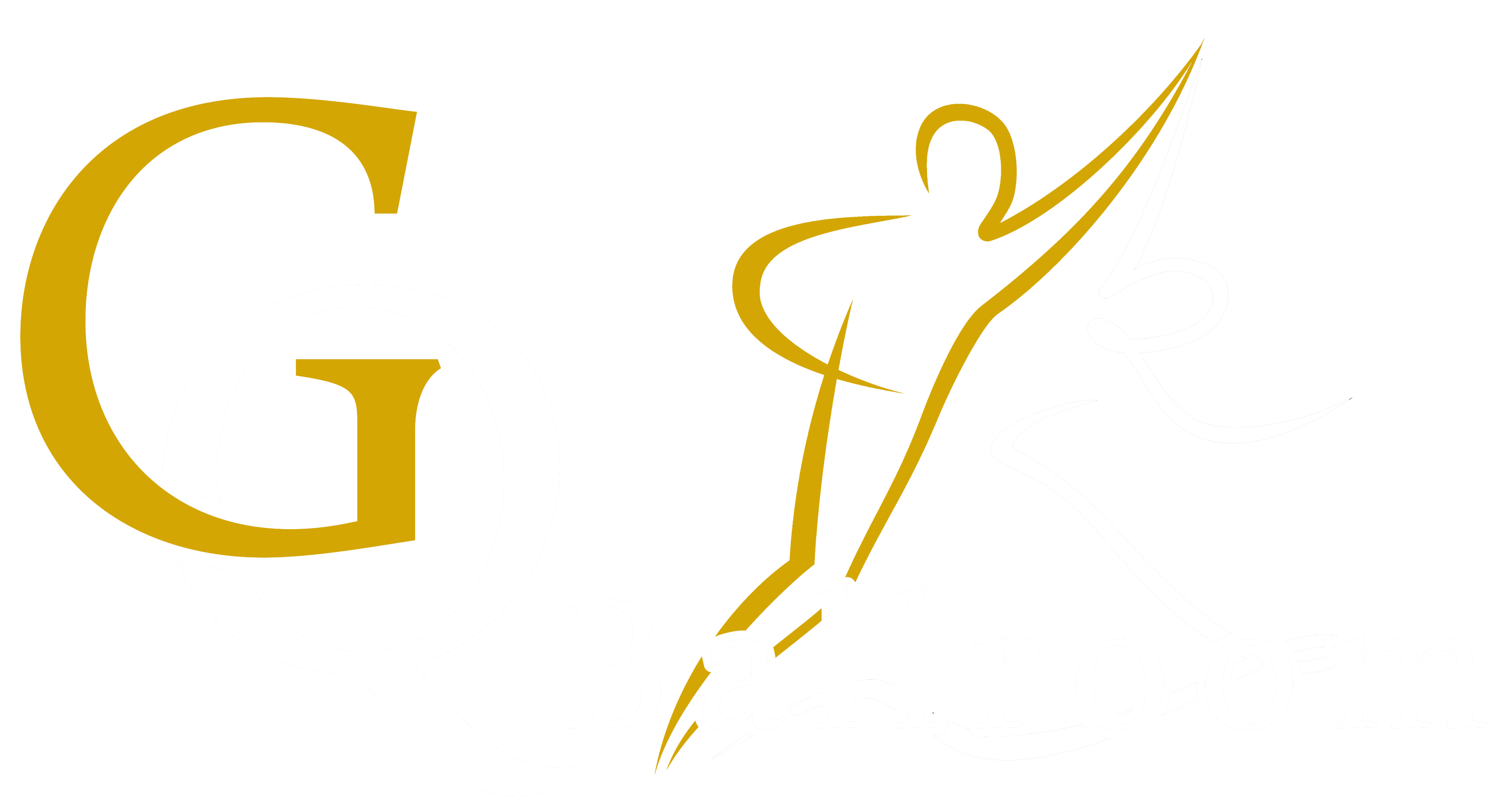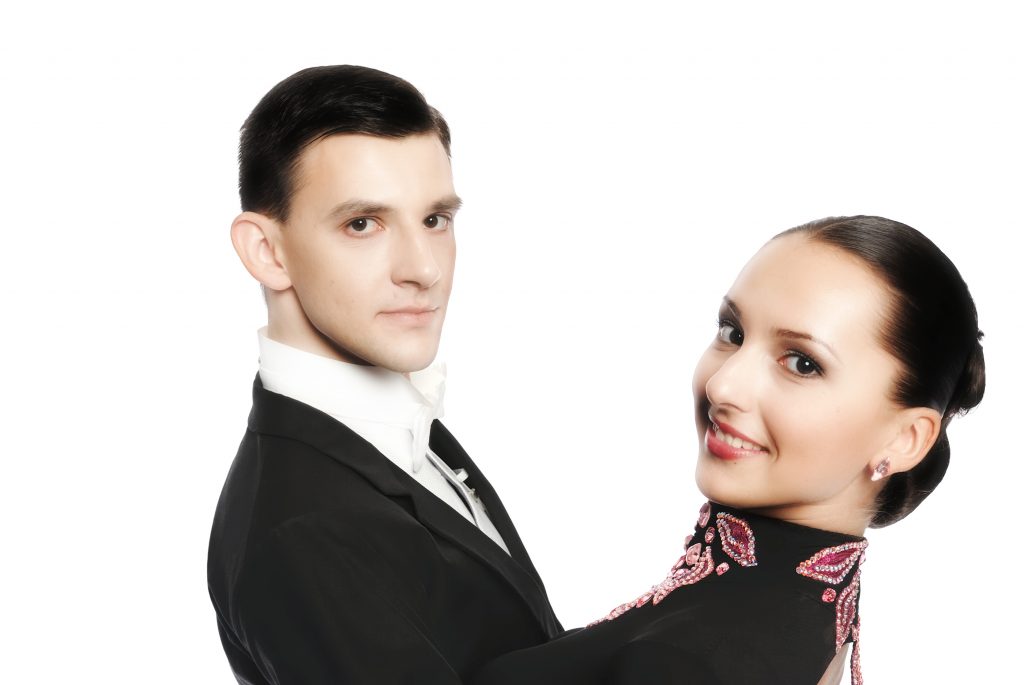Facial Expressions: Do You Have to Smile, When You Dance?
Facial Expressions: Do You Have to Smile, When You Dance?
I will never forget. A few years ago, we had just finished our Latin rounds and were getting ready to leave the competition, when an older woman approached me out of nowhere, pinched my cheeks like an annoying relative (1), and said, “You are a beautiful dancer, but you need to smile.” I was so stunned, that I couldn’t respond. I was 35-years-old! To be fair, she probably had no idea of my age. I mean, a flight attendant gave me a coloring book and junior flight attendant wings when I was 19; I was offered the 12-and-under children’s menu when I was 24; I was sent to the learner’s permit line at the DMV when I was 25; I was carded to watch Spiderman when I was 28; and the list goes on, but I’ve digressed.
Returning to our question, it may go against everything you’ve been taught, but I am going to propose that, no, you do not have to smile, for the following reasons:
- Your main concern when you compete in Ballroom Dancing should be to do the steps in your routines. If you enter the competition floor thinking you have to concentrate on remembering to smile, chances are your mind will be so engaged with the former that you are going to forget your steps, and it will be harder for you to recover from any mistakes. And as Olympic gymnast Simone Biles told judge Carrie Ann Inaba on Dancing with the Stars (2), “Smiling doesn’t win you gold medals,” or in our case, it won’t necessarily win you a first place at a competition.
- A forced or fake smile is arguably worse than not smiling at all.
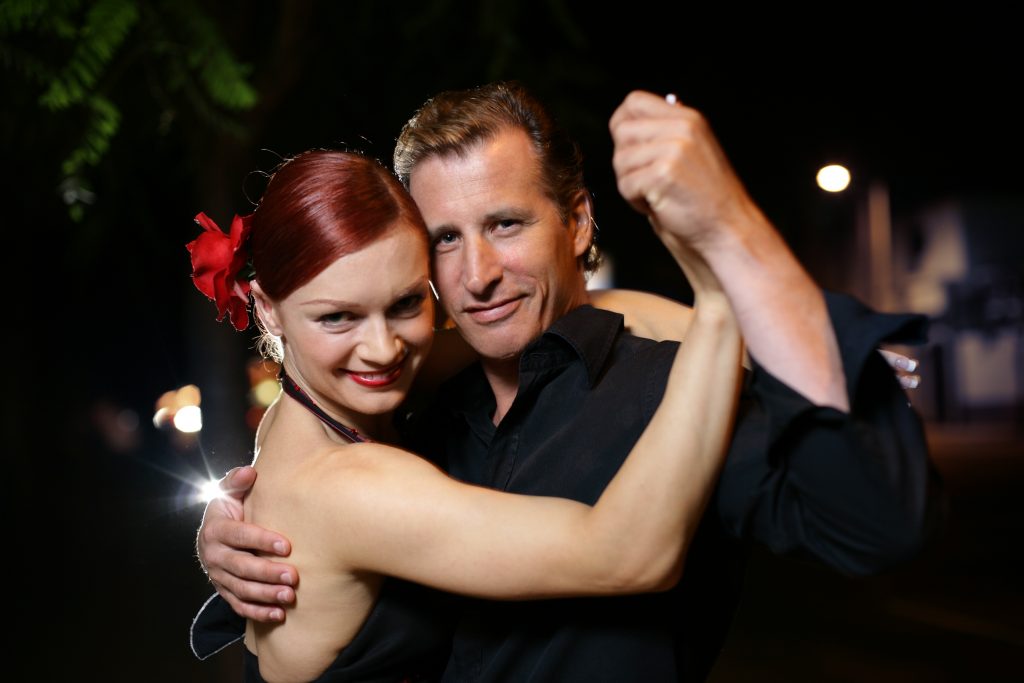 If you force a smile, because you think you have to, chances are that it will look just that, forced and unnatural, and people will be able to tell. A natural smile is beautiful, but a fake smile looks cheesy or, worse, like Joker, which is just plain scary.
If you force a smile, because you think you have to, chances are that it will look just that, forced and unnatural, and people will be able to tell. A natural smile is beautiful, but a fake smile looks cheesy or, worse, like Joker, which is just plain scary. - Smiling may not fit the character of the dance or music. Imagine you are in a competition. You have just finished Rumba, and the emcee announces, “Your next dance, Paso Doble!” The first notes of España cañí begin to play, and off you go, grinning like a demented Cheshire Cat. No! The Paso Doble and that song, in particular, evoke images of bullfighting, with the man typically depicting the bullfighter, and the lady, his cape or a Gypsy dancer. A huge clown smile does not fit.
Am I saying that you shouldn’t smile when you compete, or that facial expressions have no place on the Ballroom Competition floor? Of course not. In the right context, facial expressions can enhance your performance. The bottom line is, they should look natural and suit the character of the dance that you are doing at the time. Moreover, you shouldn’t be concerned with them to the point that your technique goes out the window, or you forget your routines.
To that end, here are some tips that will help you to look better on the dance floor, with or without smiling, and some ideas for getting to the point where facial expressions that fit the style of dance can become natural for you:
- Learn your routines. I can’t stress this enough. You should learn your routines, inside and out, and strive to dance cleanly. No amount of superficial drama can cover for poorly executed steps. Instead, it can turn your routine into a bad caricature of the dance.
- Act confident. Of course, knowing your routines well can help you to be confident, but try to bear in mind even things like the way you enter and exit the competition floor and how you carry yourself while you are dancing. If you strut with confidence, you will already look better than someone who looks hunched and scared, and your audience will be predisposed to think you are good. Another way to give off an air of confidence is to keep your chin and eyes up and shoulders down and back while you are dancing, instead of looking down at your feet. You may also have noticed that many professional competitors will do some movements in anticipation of each dance, such as bouncing before the Samba, or going through some ports de bras before the Waltz, or doing some Flamenco hand rolls before taking their stance to start the Paso Doble. Using this technique can help you get into the character of the dance, and it says, “I know what I’m doing.”
- Wear a professionally-made costume.
I get it. Ballroom costumes are expensive. However, even if you have to rent your costume or purchase a used gown, you should still be sure that your costume is professionally made by a legitimate, professional Ballroom costume designer. Trying to take shortcuts by having your friend who sews a little make you one is no substitute. Looking like a Ballroom Dancer will have you feeling like one. - Put some effort into your hair and makeup. I’m not saying you absolutely have to book an appointment with the hair and makeup vendors at the competition. In fact, learning to do your own competition hair and makeup may even allow you to get more sleep, which, in turn, will help you to dance better. Whatever you choose to do, however, your hair should still have that polished, glammed-up Ballroom look (3). It is the same with your makeup. Remember that being on the competition floor is like being on stage, so in order to be seen, you will need to wear more than you do for work. One feature that you can really play up to great effect, if you choose, is your eyes. Artful use of dramatic eyeshadow and wearing fake eyelashes really lend some drama to your face, without your even having to try to force any facial expressions.
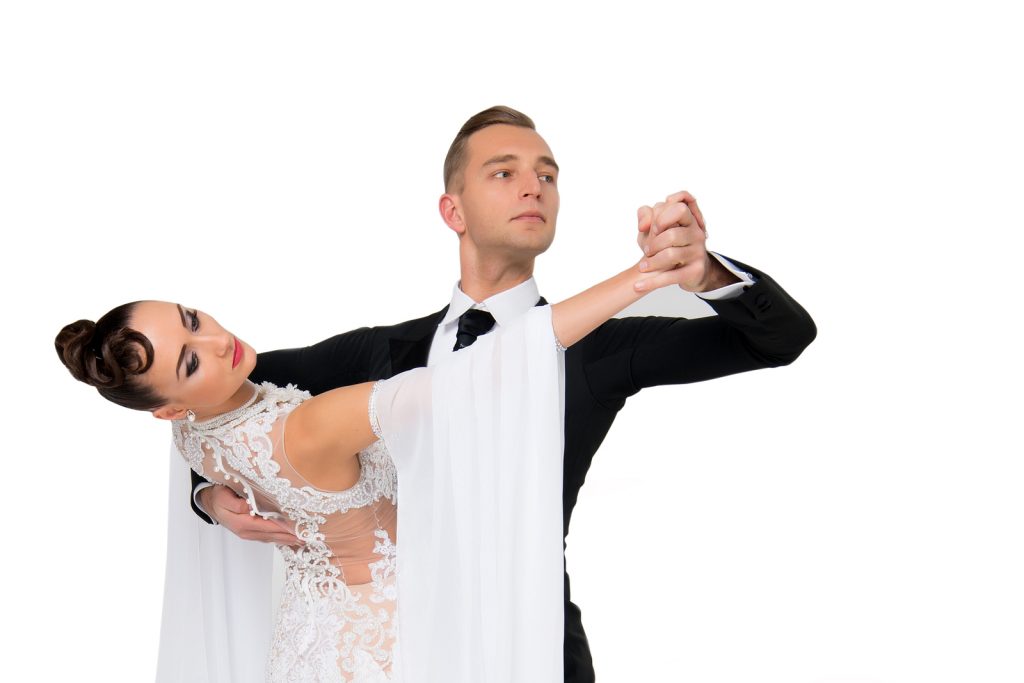 If you don’t feel comfortable wearing fake eyelashes, maybe another option would work for you, such as a fiber-lash mascara or Rodan & Fields Lash Boost serum (4) to help your natural lashes grow, or both.
If you don’t feel comfortable wearing fake eyelashes, maybe another option would work for you, such as a fiber-lash mascara or Rodan & Fields Lash Boost serum (4) to help your natural lashes grow, or both. - Read up on the history and the character of each dance. Obviously your first stop should be to ask your coach about each dance. Oftentimes, they will know something about a particular dance’s origin, or they can refer you to some literature on the subject. Try to find out where and when the dance originated, the setting in which it was performed and by whom, and how it evolved. Learning about the background of the various Ballroom dances can help you to get into the character of the dance, which, in turn, can help appropriate facial expressions come naturally to you.
- Listen to the music for each dance style.
In the movie Dance with Me, Chayanne’s character, Rafael says, “How can you dance with no music?….It comes from the music. I’m sure that’s why you look so stiff.” I agree. The music for each style has a different energy and emotion to it. Listen to see if it is dreamy and romantic, or bouncy and fun, or fierce and passionate. Then channel that emotion and let it decide if your movements need to be sharp and staccato, or flowing and graceful, or jazzy and fun.
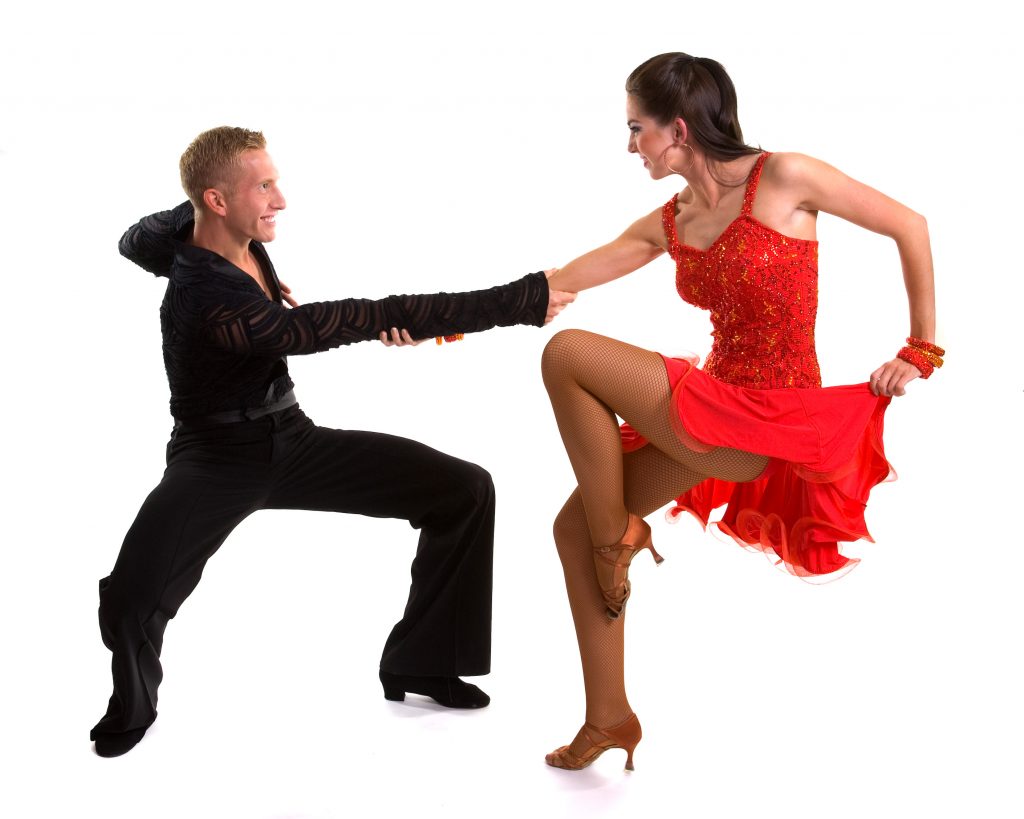 Choreography, without music, is just steps.
Choreography, without music, is just steps. - Work with your nature, not against it.
In other words, find ways to be yourself, rather than trying so hard to be someone you’re not. So for instance, for ladies, if your coach tells you to be “sexy” with your Rumba, but your personality is more shy than overt, it will be a hard sell. If you can’t own it, no one is going to buy it. Instead, maybe you would feel more comfortable thinking “romantic and lovely” with a Latin flair, where you show long, beautiful lines, but you don’t make your movements quite as flowing as they would be in the Waltz; and let your partner be the one to pull you in and show you off. Besides, I feel like the face that I like to call “fish lips” (5), has been done to death.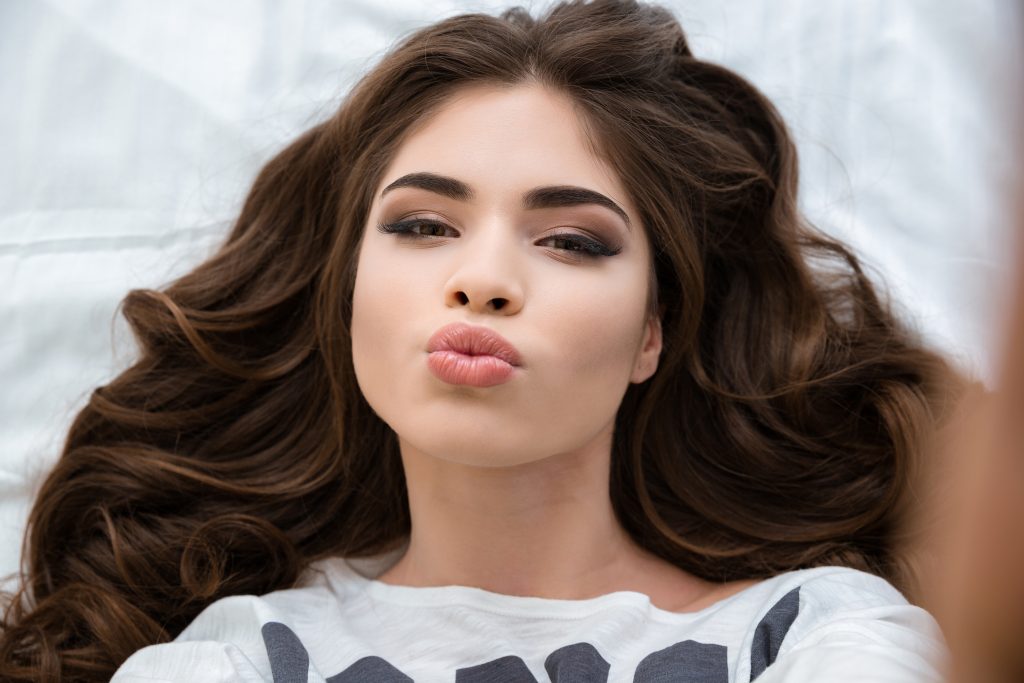
- Find your alter-ego. If you reach inside yourself, you may discover that you have an alter-ego, someone who defies the usual perceptions that people have of you in your everyday life. This goes hand-in-hand with the previous point, because your alter-ego is still you, just another side of you.In my case, I have a bit of the daredevil in me, which all began when my childhood best friend decided that the way to cure me of my fear of cattle guards (6) was to blindfold me and have me walk over one backwards. From there, I graduated to skiing off-piste (ungroomed) trails, not something I’m advocating, as well as copying my friends who were taking gymnastics, and rock climbing. Taking that side of me and translating it into dance, I live to do tricks and lifts; I find them exhilarating, which helps me to break out of my natural shyness, and I have been fortunate enough to find a Theater Arts coach at GQ Ballroom, who knows how to do them properly.Granted, not everyone is a daredevil, but find that other side of you, whether it is a diva or a comedian or some Jungian archetype (7), and don’t be afraid to let it out.
- Have a story.I realize this may sound easier said than done in the Ballroom Competition format, where you may have as little as a minute to wow the judges, and you are forced to dance to whatever song is played, like it or not; however, your story doesn’t need to be as complicated as that of a three-act classical ballet. You could have it be as formulaic as the cutest boy in school asks the shy girl to dance and brings her out of her shell, or if you wanted to be darker, he could have a touch of Svengali (8) about him. Try finding a song that you like for inspiration, and go from there; and let your choreography show a play of chemistry between you and your dance partner. I don’t recommend choreographing your facial expressions, since that can tend to look contrived; however, if you just dance your story, regardless of the music selection and without overacting, hopefully your facial expressions will come naturally as a result.
- Have your partner tell you a joke. If you tend to get too serious or nervous, to the point that you are scowling, have an agreement in place for your partner tell you a joke to get you to smile and lighten up. It needn’t be such a knee-slapper that you forget your routine, but maybe just a word that recalls an inside joke or a funny memory of something that happened during rehearsal.
The Takeaway:
If you want to smile or use facial expressions, don’t feel like you have to incorporate all of these ideas; but if you simply focus on learning your routines thoroughly, along with the character of each dance, and on being yourself within the character of each dance, as well as having a story and striving to have a confident bearing, I think you will find that your dancing will look better, and facial expressions will come more naturally to you. Above all, remember that Ballroom Dancing is fun, and don’t hesitate to reach out to GQ Ballroom for any and all of your Ballroom Dance needs.
Footnotes:
- You know the type, like the ones in this Hellman’s commercial: https://youtu.be/2QEgkY2yLek.
- http://olympics.nbcsports.com/2017/05/09/simone-biles-to-dancing-with-the-stars-judges-smiling-doesnt-win-you-gold-medals/
- There are many tutorials on YouTube and places like the Ballroom Dance blog, dancecompreview.com.
- I have not been compensated in any way for mentioning Lash Boost; it is simply a product that I have tried, that I feel actually delivers on its claims. For ballroom competitions, though, you may still want to use some mascara. Here is an article about Lash Boost serum: http://dailymom.com/shine/daily-mom-spotlight-ditch-the-mascara-with-rodan-fields-lash-boost/. Here is where I purchase mine: joyboudreau.myrandf.com. Note that at the time of this writing, Lash Boost had completely sold out due to its immense popularity, but it was expected to be back in stock soon.
- I call it this, because it reminds me of the way that goldfish pucker their mouths, but really it is probably somewhere between the selfie “duckface” and what Cosmopolitan refers to as the “fish lips” selfie look, that has supposedly deposed the “duckface” in popularity: http://www.cosmopolitan.com/style-beauty/beauty/news/a47461/new-selfie-face/
- In case you are not familiar with them, this Wikipedia article gives a pretty good explanation: https://en.wikipedia.org/wiki/Cattle_grid
- https://en.wikipedia.org/wiki/Jungian_archetypes
- Here is the link for the Wikipedia article on Svengali: https://en.wikipedia.org/wiki/Svengali. You can also go straight to the source, George du Maurier’s novel Trilby, or watch one of the many movies, my favorite being the 1931 version, starring John Barrymore.
